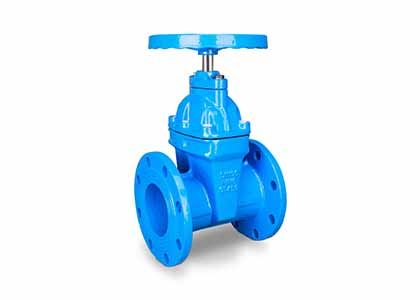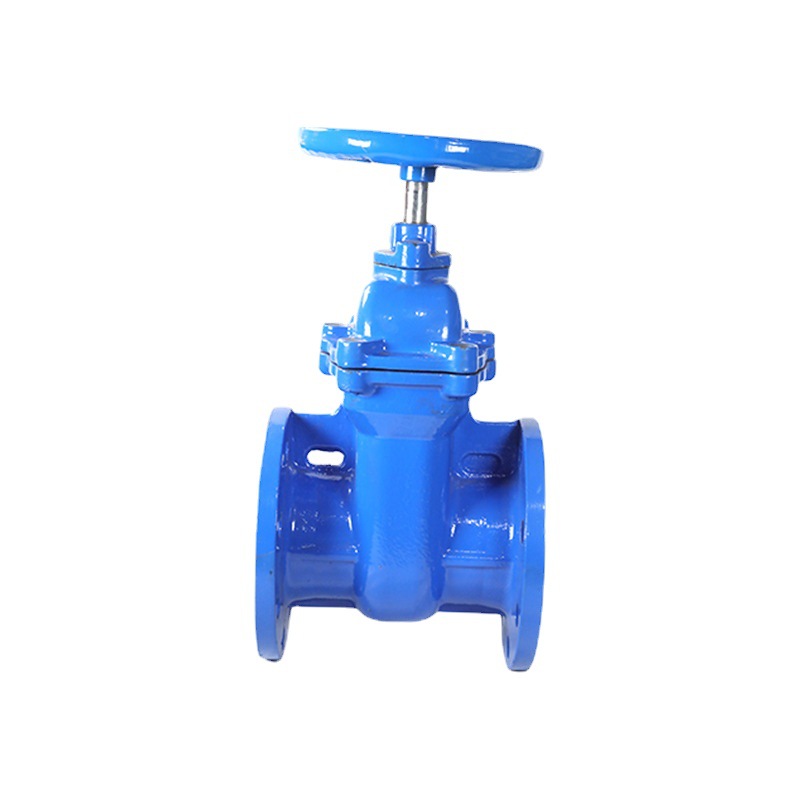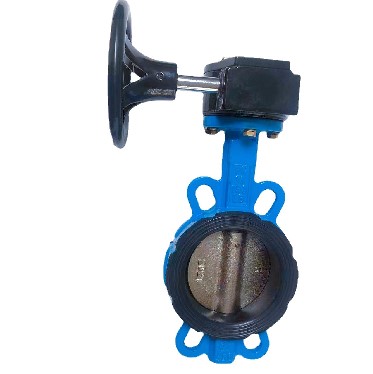
The valve is a control component in the pipeline fluid conveying system. It is used to change the passage section and the flow direction of the medium. It has the functions of diversion, cutoff, adjustment, throttling, check, diversion, or overflow pressure relief. Valves used for fluid control, from the simplest shut-off valve to various valves used in extremely complex automatic control systems, have a wide range of varieties and specifications.
Valves can be used to control the flow of various types of fluids such as air, water, steam, various corrosive media, mud, oil, liquid metal, and radioactive media. Valves are also divided into cast iron valves, cast steel valves, stainless steel valves (304, 316, etc.) according to materials, chromium-molybdenum steel valves, chromium-molybdenum vanadium steel valves, duplex steel valves, plastic valves, non-standard customized valves, etc.
Stainless steel valves refer to valves made of stainless steel materials, which can be used to control the flow of various types of fluids such as air, water, steam, various corrosive media, mud, oil, liquid metal, and radioactive media.
· Stainless steel gate valve
· Stainless steel ball valve
· Stainless steel globe valve
· Stainless steel butterfly valve
· Stainless steel check valve
· Stainless steel plug valve
· Stainless steel filter
· Stainless steel discharge valve
· Stainless steel plunger valve
· Stainless steel trap
· Stainless steel needle valve
· Stainless steel flame arrester
· Stainless steel pneumatic valve
· Stainless steel safety valve
· Stainless steel diaphragm valve
· Stainless steel needle valve
· Stainless steel sanitary valve
Stainless steel valves are widely used in chemical, petrochemical, petroleum, paper, mining, electric power, liquefied gas, food, pharmaceuticals, water supply and drainage, municipal administration, mechanical equipment, electronics industry, urban construction, and other fields.
Stainless steel valves can be used to control the flow of various types of fluids such as water, steam, oil, gas, mud, various corrosive media, liquid metals, and radioactive fluids. The working pressure of the valve can be from 0.0013MPa to 1000MPa ultra-high pressure. The temperature ranges from an ultra-low temperature of -269°C to a high temperature of 1430°C.
The stainless steel ball valve can be closed tightly only with a 90-degree rotation and a small torque. The completely equal internal cavity of the valve provides a straight flow channel with little resistance for the medium. The main feature of the ball valve is its compact structure, easy to operate and maintain. The stainless steel ball valve can be used to control the flow of various types of fluids such as air, water, steam, various corrosive media, mud, oil, liquid metal, and radioactive media. The ball valve body can be integral or combined. This type of valve should generally be installed horizontally in the pipeline. Common stainless steel ball valves are divided into 304 and 316 stainless steel ball valves according to their materials.

· Stainless steel ball valves can be divided into 1 piece ball valves, 2 piece ball valves, and 3 piece ball valves according to their composition.
· Stainless steel ball valves can be divided into floating ball valves, fixed ball valves, and elastic ball valves according to their structure.
· Stainless steel ball valves can be divided into straight-through ball valves, three-way ball valves, and right-angle ball valves according to their channel positions.
The working principle of the ball valve is to make the valve unblocked or blocked by rotating the valve core. The ball valve switch is light, small in size, can be made into a large diameter, reliable in sealing, simple in structure, easy to maintain, the sealing surface and the spherical surface are often closed, and it is not easy to be eroded by the medium. It is widely used in various industries.
· The fluid resistance is small, and its resistance coefficient is equal to that of a pipe section of the same length.
· Simple structure, small size, and lightweight.
· It is tight and reliable. The sealing surface material of the ball valve is widely used in plastics and has good sealing performance. It has also been widely used in vacuum systems.
· It is easy to operate and open and close quickly. It only needs to rotate 90° from fully open to fully closed, which is convenient for remote control.
· The maintenance is convenient, the structure of the ball valve is simple, the sealing ring is generally movable, and it is convenient to disassemble and replace.
· When fully open or fully closed, the sealing surface of the ball and the valve seat is isolated from the medium. When the medium passes, it will not cause erosion of the valve sealing surface.
· It has a wide range of applications, with a diameter ranging from a few millimeters to a few meters, and can be applied from high vacuum to high pressure.

The stainless steel ball valve is very easy to contact with other metal and iron products in the manufacturing process. In order to keep the stainless steel valve from rusting, the easiest way is to follow the procedure below.
· First: After the finished product, after pickling, it must be cleaned. If there are sand holes or perforations, argon arc welding should be used for gas shielded welding. Then it is polished and then solid-melted.
· Second: the finished product, after the pressure test is completed. It should be rinsed with water added with anti-rust powder.
· Third: Try to use wooden boxes for packaging during transportation, and do not touch metal products.
· Fourth: After installing the pipeline, regularly maintain and maintain it. For example, the valve stem is often lubricated. Properly open and close the valve several times. It is not easy to assimilate the inner ball, valve stem, and sealing surface.
Stainless steel ball valves generally have two structures: reduced diameter and non-reduced channels. Regardless of the structure, the flow resistance coefficient of the ball valve is relatively small. Especially the so-called full-flow type, that is, the ball valve that does not reduce the diameter, because its channel diameter is equal to the inner diameter of the pipeline, the local resistance loss is only the friction resistance of the pipeline of the same length, that is, the flow resistance of this kind of ball valve is the smallest among all valves. In the rocket launch and its test system, the resistance of the pipeline is required to be as small as possible. Reduce the local resistance of the valve, therefore, the ball valve is naturally the best choice.